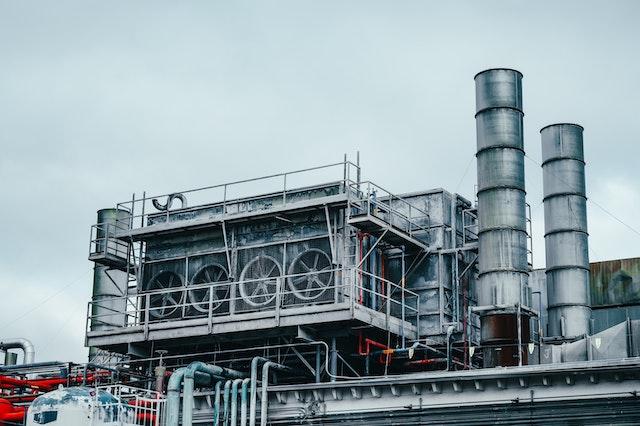 This article attempts to answer the following questions:
This article attempts to answer the following questions:
Q1. What are the resources and capabilities of Harley-Davidson? And how do they grant the firm competitive advantage to compete in the motorcycle industry? -Harley-Davidson Resources Capabilities
Q2/ How effectively Harley Davidson’s strategy is implemented and how the firm exploit its key strengths while protecting itself from its key weaknesses?
Q3. What threats to its continuing success does Harley Davidson face, and how should it respond to current & future challenges?
Case study source: Robert M. Grant. Contemporary Strategy Analysis.
Preview:
Harley Davidson’s Resources, Capabilities, Strategy and Threats
Resources have been defined as inputs into the production process (Grant, 1991) and as the productive assets owned by the firm (Grant, 2016). Based on these definitions, resources are basically what the firm has and that it can use to create value. Resources can be tangible, intangible, or human as noted by Grant (2016). Tangible resources are resources that can be touched, such as financial resources (like cash, securities, and borrowing capacity) and physical items (like land, plant, equipment and mineral reserves). Intangible resources are resources that cannot be touched and include such things as reputation (brand and relationships), position, technology (such as patents and copyrights) and culture. Human resources include skills or know-how and productive effort offered by the firm’s employees (Grant, 2016). It also includes motivation and capacity for communication. It is worth noting that the firm does not own its workers but it purchases their services through employment contracts. On their own, or in combination with other resources to form capabilities, resources can be sources of competitive advantage (Edwards, 2014).
An analysis of the internal environment of Harley-Davidson reveals that the firm has numerous resources. One of the resources the company has is its brand. In this regard, Harley-Davidson has a good reputation which has greatly contributed to its success in the market (Grant, 2016) … continue
According to Grant (2016), strategy is concerned with matching company’s resources and capabilities to the opportunities that emerge in the external environment. While in agreement with this notion, David (2011) notes that although a strategy can be good or effective, its implementation can be poor or ineffective. Harley-Davidson sought to achieve competitive advantage and higher sales by developing and implementing several strategies. One of Harley’s key strategies was that it sold a unique Harley-Davidson experience rather than motorcycles (Grant, 2016). … continue
Based on Porter’s five forces model, factors such as bargaining power of supplies, bargaining power of buyers, threat of substitutes, and the threat of new entrants can threaten the success and profitability of a business (Mille, et al. 2011; Porter, 2017). Harley faces the threat of new entrants such as witnessed in the entry of Excelsior, Polaris (Victory), and Indian into the motorcycles market. These and other new entrants have the potential to eat into Harley’s market share in different markets, thereby reducing the company’s sales and profitability. … continue
Harley Davidson Resources Capabilities